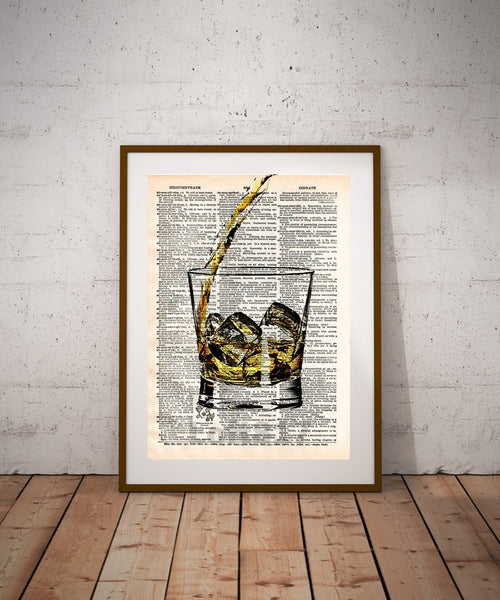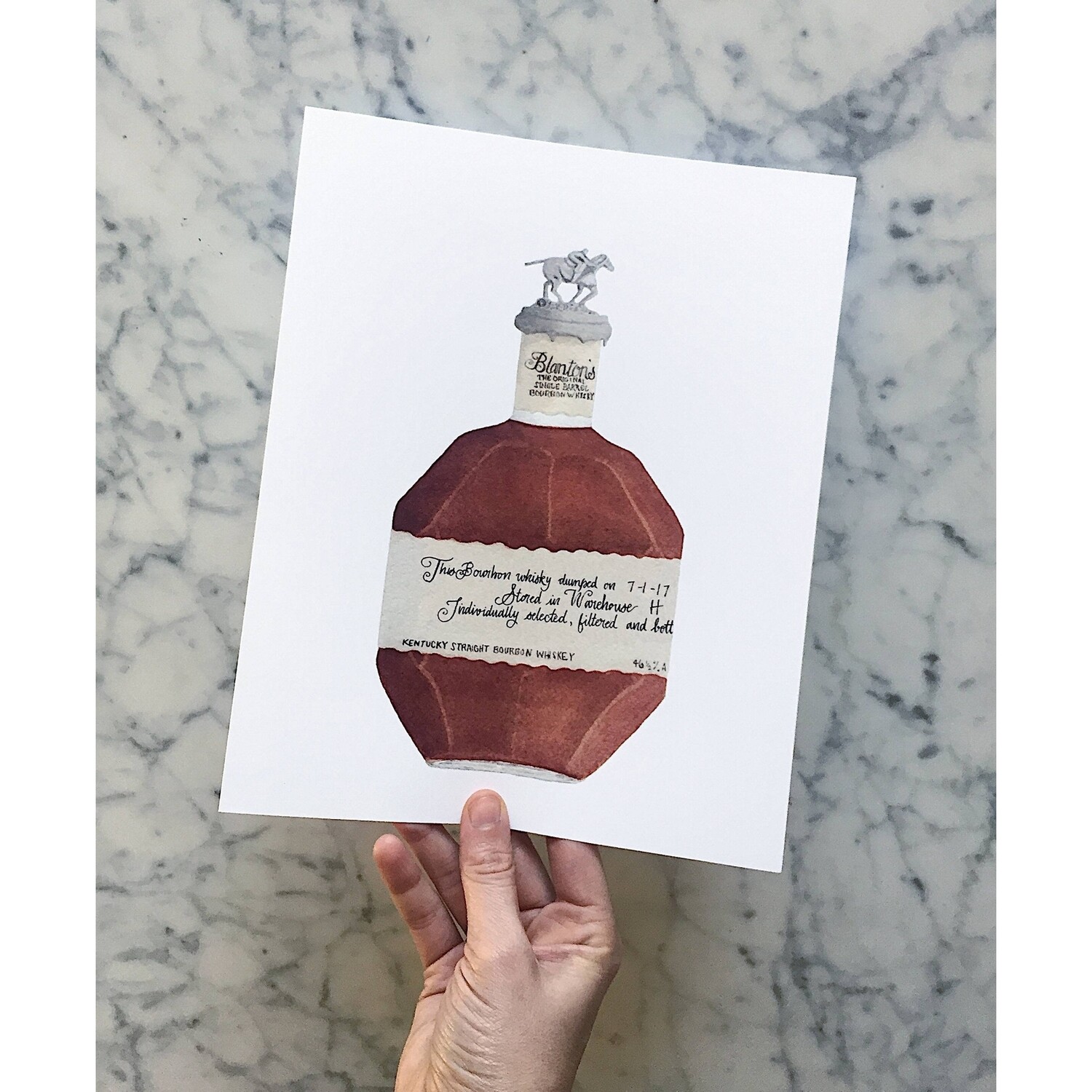Limited Edition: Discover Exclusive Bourbon Art Parts for Collectors
Limited Edition: Discover Exclusive Bourbon Art Parts for Collectors
Blog Article
The Value of Whiskey Art in Celebrating Heritage and Craftsmanship in the Beverage Industry
The elaborate relationship in between whiskey art and the event of heritage and craftsmanship within the beverage sector can not be overstated. Through attentively created containers and tags, whiskey brand names encapsulate their historical roots and the artisanal skills that specify their production approaches. This imaginative dimension not just boosts market appeal yet likewise offers as an avenue for cultural storytelling, cultivating a much deeper connection between the craft and the customer. As we explore the different aspects of this topic, fascinating inquiries concerning the effect of contemporary patterns on conventional techniques emerge, triggering additional assessment.
The Historical Roots of Whiskey
At the heart of whiskey's appeal lies a rich tapestry of historical roots that trace back to old human beings. The origins of whiskey can be linked to the distillation methods of the Sumerians and Babylonians around 2000 BCE, where early kinds of fermented grain beverages started to arise. It was in the Middle Ages that the art of purification evolved substantially, especially in Ireland and Scotland, leading to the creation of whiskey as we know it today.
The term "scotch" itself stems from the Gaelic word "uisce beatha," implying "water of life." This expression highlights the cultural significance of scotch in Celtic cultures, where it was often connected with rituals, events, and common bonding. By the 15th century, distillation ended up being an acknowledged craft within monastic areas, paving the method for the establishment of legal distilleries.
As profession courses broadened, scotch's appeal grew, going beyond local limits and capturing the interest of lovers worldwide. Bourbon Art. This historical trip reflects not just the workmanship behind scotch manufacturing but also its indispensable function in social and social contexts, noting it as a considerable drink throughout history
Artistic Expression in Branding
Whiskey branding stands as a compelling junction of artistry and business, where aesthetic identity plays an essential function fit consumer perception. The aesthetics of whiskey labels, packaging, and advertising and marketing materials show not just the brand name's story but likewise its core values and heritage. Via creative expression, distilleries convey a story that resonates with consumers, stimulating emotions and sparking links.
Using color, typography, and imagery in branding offers to distinguish products in a saturated market. For instance, conventional concepts may stimulate a feeling of authenticity and workmanship, while contemporary designs can symbolize innovation and forward-thinking. This critical creative direction improves brand acknowledgment and loyalty, allowing consumers to build a personal connection with the scotch they pick.
In addition, artistic expression in branding usually functions as a celebration of local heritage. Distilleries regularly integrate neighborhood signs or historic referrals right into their designs, developing a feeling of location that invites customers to engage in a more comprehensive social experience. Ultimately, the virtuosity behind bourbon branding not just boosts aesthetic charm yet likewise enriches the overall narrative of the brand name, fostering a much deeper appreciation for the workmanship and heritage embedded in each container.
Workmanship in Container Design
The virtuosity obvious in bourbon branding prolongs beyond visual identification to incorporate the workmanship associated with bottle layout. Each container acts as a vessel not simply for the spirit within, yet likewise for the tale it outlines its beginning, high quality, and practice. The style process requires meticulous attention to information, as components such as form, material, and closure add dramatically to the overall perception of the scotch.
Craftsmanship in bottle layout involves choosing premium glass that can enhance the bourbon's shade and quality, while additionally providing a tactile experience for the consumer. The silhouette of the container have to be both practical and cosmetically enticing, often showing the heritage of the brand. Numerous distilleries choose unique shapes or embossed useful site logo designs that stimulate a sense of authenticity and background.
In addition, the label layout and typography play an important function in communicating the brand name's narrative. Whiskey Art. A well-crafted bottle not only mesmerizes the consumer's eye but also enhances the brand's commitment to top quality and practice. By doing this, the craftsmanship of bottle layout becomes a crucial facet of the scotch experience, merging virtuosity with a profound regard for heritage
Social Relevance of Bourbon Art
Commemorating practice and craftsmanship, the cultural significance of whiskey art goes beyond simple looks, linking with the historical and social stories of the areas where it stems. Each container works as a canvas, depicting the special tales, mythology, and traditions that have shaped regional whiskey-making practices. The intricate layouts usually mirror the heritage of the distillers, including icons and motifs that resonate with the society and values of their areas.

Additionally, bourbon art plays an essential role in common celebrations and celebrations, working as a substantial link between individuals and their shared experiences. By valuing the virtuosity in bourbon packaging, consumers cultivate a deeper understanding and respect for the craft, ultimately improving their enjoyment of the drink itself.
Modern Trends in Whiskey Presentation
In current years, the presentation of bourbon has actually developed to mirror contemporary preferences and patterns while still honoring standard workmanship - Realism Art. Distilleries are progressively concentrating on aesthetic elements that improve the total drinking experience, linking the space in between heritage and modernity
Ingenious bottle styles have emerged, typically integrating lasting materials and creative labels that inform engaging tales. Several brand names currently collaborate with regional musicians, infusing their products with unique aesthetic expressions that reverberate with consumers. Furthermore, limited-edition releases are typically packaged in collectible containers, adding worth and allure for aficionados.

Conclusion
To conclude, scotch art acts as a crucial channel for sharing the heritage and craftsmanship inherent in the drink sector. Through elaborate branding, innovative bottle designs, and culturally significant imaginative aspects, whiskey brands properly honor their customs and get in touch with consumers. This artistic story not just elevates the gratitude of whiskey but additionally enhances area identification and satisfaction amongst producers. Ultimately, whiskey art plays an essential role in preserving and look here commemorating the rich cultural tapestry of whiskey-making.


Workmanship in bottle style entails choosing premium glass that can improve the scotch's color and clarity, while additionally offering a responsive experience for the consumer. In this method, the craftsmanship of bottle layout comes to be a vital element of the whiskey experience, combining artistry with an extensive respect for heritage.
In verdict, scotch art offers as an important avenue for sharing the heritage and craftsmanship inherent in the beverage industry.
Report this page